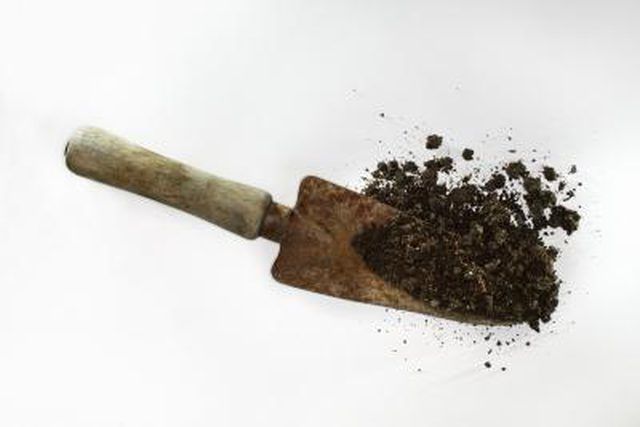Bulbs
Flower Basics
Flower Beds & Specialty Gardens
Flower Garden
Garden Furniture
Garden Gnomes
Garden Seeds
Garden Sheds
Garden Statues
Garden Tools & Supplies
Gardening Basics
Green & Organic
Groundcovers & Vines
Growing Annuals
Growing Basil
Growing Beans
Growing Berries
Growing Blueberries
Growing Cactus
Growing Corn
Growing Cotton
Growing Edibles
Growing Flowers
Growing Garlic
Growing Grapes
Growing Grass
Growing Herbs
Growing Jasmine
Growing Mint
Growing Mushrooms
Orchids
Growing Peanuts
Growing Perennials
Growing Plants
Growing Rosemary
Growing Roses
Growing Strawberries
Growing Sunflowers
Growing Thyme
Growing Tomatoes
Growing Tulips
Growing Vegetables
Herb Basics
Herb Garden
Indoor Growing
Landscaping Basics
Landscaping Patios
Landscaping Plants
Landscaping Shrubs
Landscaping Trees
Landscaping Walks & Pathways
Lawn Basics
Lawn Maintenance
Lawn Mowers
Lawn Ornaments
Lawn Planting
Lawn Tools
Outdoor Growing
Overall Landscape Planning
Pests, Weeds & Problems
Plant Basics
Rock Garden
Rose Garden
Shrubs
Soil
Specialty Gardens
Trees
Vegetable Garden
Yard Maintenance
How to Eliminate Fungus Gnats
How to Eliminate Fungus Gnats. Fungus gnats are small flies that thrive in moist soil, especially the soil in household potted plants. These flies actually do not fly well and tend not to venture far from their houseplant habitat. The larvae of the fungus gnat do the greatest damage. According to the University of California Integrated Pest...

Fungus gnats are small flies that thrive in moist soil, especially the soil in household potted plants. These flies actually do not fly well and tend not to venture far from their houseplant habitat. The larvae of the fungus gnat do the greatest damage. According to the University of California Integrated Pest Management (UC IPM) website, the larvae eat not only the rotting debris found in the soil, but also the roots of the plant. This can slow the plant's growth or even kill it.
Things You'll Need
Debris-free soil
Non-toxic insecticide
Plastic bottle
Vinegar
Water your plant only as much as necessary. UC IPM recommends allowing the top layer of the soil to dry completely before the next watering. Do not over water your plant.
Remove all debris from the soil such as fallen flowers and dead leaves. This removes a food source for the gnats.
Do not use manure or other organic fertilizers or mulch in household plant pots. These attract fungus gnats.
Spray a non-toxic insecticide on the houseplant and soil to kill the adult gnats. You can make your own insecticide by mixing several drops of dish soap with a spray bottle full of water. Then lightly spray the plant.
Take the trash out regularly and do not allow fruit to rot inside the house. These are all places that fungus gnats breed, eventually moving to household plants.
Poke several small holes into a plastic bottle and fill it halfway with vinegar. Set this vinegar trap near infested houseplants. The adult gnats will become trapped in the bottle and you may then discard them.